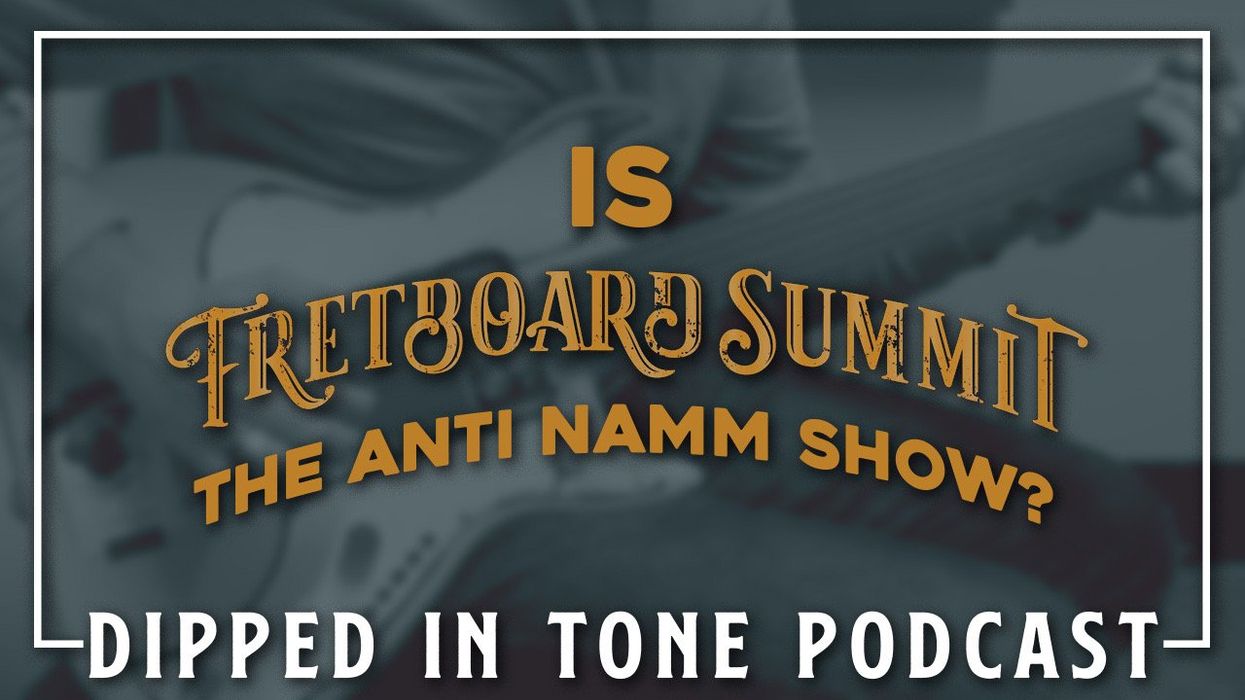Gibson’s Murphy Lab namesake Tom Murphy joins the pod to talk about the ins and outs of his shop, why he started aging guitars, and the beauty of old guitars.
Rhett and Zach kick off the new year with renewed commitment to an old habit: making a daily to-do list, or as Rhett calls it, “the shit list.” The guys debate the finer points of which stationary makes the best to-do list backdrop before they’re joined by Tom Murphy, the preeminent craftsman of guitar-aging and namesake of Gibson’s high-end Murphy Lab.
Murphy, who has been with Gibson for 25 years, takes Rhett and Zach back to the starting line, when he and his friends would buy, trade, mod, poke, and prod any guitars they could get their hands on—Murphy quips that his entire career is in part penance for an early botched attempt at refinishing a ’68 Les Paul. Murphy eventually found his niche in aging: “Who else is gonna take a razor blade and make a bunch of lines on a guitar they just refinished?”
Along the way, Murphy digs into the labor and pricing considerations with heavily aged instruments, including when a third-party guitar sale made him realize he had to raise his rates. His aging and restoration work involves balancing considerations of aesthetic, tone, and playability all at once, which he likens to “the spinning plates guy at the circus.” “Which one can you afford to let fall?” Murphy says. The magic of his work, he explains, is in accentuating the natural properties of the guitars: “Our finish doesn’t make them sound better, it lets them sound better.”
Murphy’s story involves soaring highs, like catching ZZ Top in a tiny club in Houston in the early ’70s, watching Billy Gibbons thrash the very guitar model he would later spend his days working on. But stick around to hear about the dramatic lows, too, like when he witnessed a guitar’s finish shatter before his eyes after a freezing, snowed-in night in Boulder, Colorado.
Murphy doesn’t have plans to retire at the moment, but he has one caveat: “I just don’t wanna be found slumped over a guitar,” he chuckles.



















